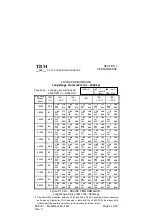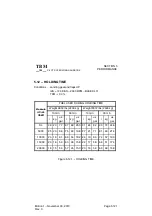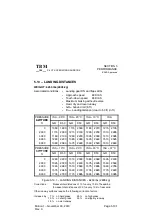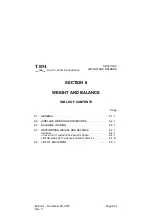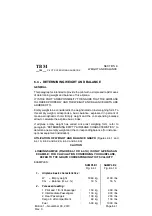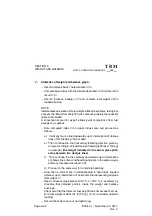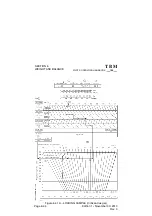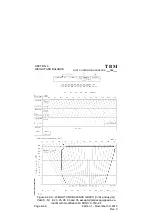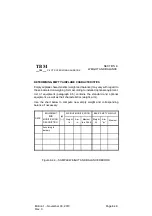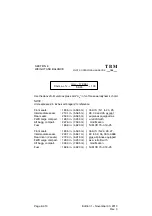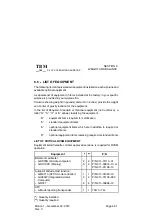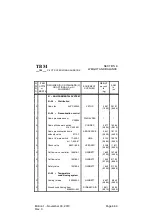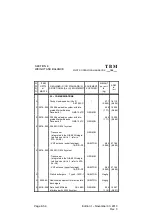
TBM
PILOT’S OPERATING HANDBOOK
700
SECTION 6
WEIGHT AND BALANCE
Page 6.4.2
Edition 1 -- November 30, 2010
Rev. 0
3 -
Utilization of weight and balance graph :
-- Record airplane basic characteristics in
①
.
-- Compute basic index with the formula described in
②
and record the
result in
③
.
-- Record foreseen loading in
④
and compute total weight of the
loaded airplane.
NOTE :
Intermediate calculation of total weight without fuel allows, taking into
account the ”Maximum Weight” limit, computing rapidly fuel quantity
liable to be loaded.
A conversion scale (lb / us gal) allows quick computation from fuel
pounds to us gallons.
-- Note computed index
③
on upper index scale and proceed as
follows :
a) Vertically mark a line downwards up to interception of oblique
lines of first heading ”Front seats”.
b) Then continue the line horizontally following direction given by
arrow according to indicated value of loading (400 lbs or 150 kg)
in example)
(the weight indicated in the arrow gives pitch
value between two oblique lines)
.
c) Then continue the line vertically downwards up to interception
of oblique lines of second heading and work in the same way as
before (procedure described in b).
d) Proceed in the same way for remaining headings.
-- Draw then a vertical line
⑤
corresponding to final index (loaded
airplane) up to interception of horizontal line representing airplane
total weight
⑥
.
-- Read corresponding balance (28.7 % or 30.2 % in example) by
checking that obtained point is inside the weight and balance
envelope.
Check also that the total zero fuel weight does not exceed the max.
zero fuel weight of 6001 lbs (2722 kg). If not, reconsider airplane
loading.
-- Record these data on your navigation log.




